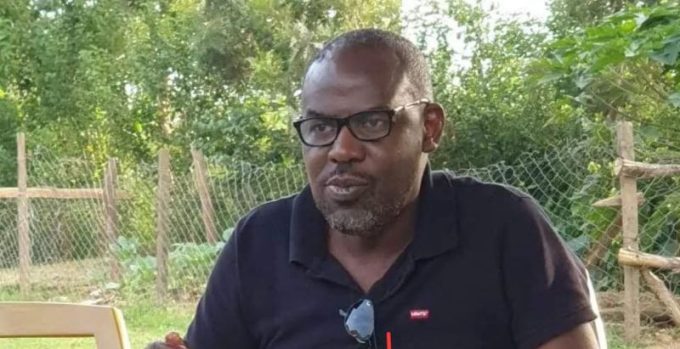The New York Times has transferred Kimiko de Freytas-Tamura, the journalist who received a lot of flak over the coverage of the January 15 terrorist attack at dusitD2 in Nairobi’s Riverside area.
de Freytas-Tamura is now a correspondent based in London, where she covers an eclectic beat ranging from politics to social issues spanning Europe, the Middle East and Africa.
Previously, she has covered Britain’s decision to leave the European Union and its political and economic fallout. She has also covered terror attacks in Paris and Brussels, and has written extensively about radicalization and western jihadis. Prior to the Times, she was a business and economics reporter for the BBC. She has also written for the Financial Times.
There is no mention that the journalist, who is a graduate of the University of Pennsylvania and a master’s degree in financial journalism from City University in London and who speaks Japanese, French, Spanish and Portuguese was destined to become the New York Times East African Bureau Chief before the paper’s online and offline coverage of the terror attack boomeranged on her face.
Many Kenyans were infuriated with a huge chunk of them reading racism in the whole affair. Most of the ire was directed at de Freytas-Tamura even as she protested that she did not make the call on which picture was to accompany the story and instead asked her critics to take up the issue with the photo department in New York.
Her first reaction to the criticism only helped to annoy Kenyans more leading to demands that she should be asked to leave the country. Amid mounting criticism, she issued a statement in which she apologised “for causing anger and anguish.”
However, the photo was not pulled down by The New York Times and the story appeared in its print edition under the headline: “Militants Stage Deadly Assault at Kenyan Hotel-Office Complex”.
This time, it was illustrated by four photographs of victims and survivors of the attack who were either killed in a very gruesome manner or injured.
In the ensuing melee, the Media Council of Kenya fired a letter to the New York Times asking it to pull down the photo and threatened to withdraw accreditation of its journalists working in Kenya. In its view, the publication was a breach of the Code of Conduct for the Practice of Journalism in Kenya.
The Code prohibits publication of photographs showing mutilated bodies, bloody incidents and abhorrent scenes, unless the publication or broadcast of such photographs will serve the public interest and that where possible, an alert shall be issued to warn viewers or readers of the information being published.
Read: What happens to billionaire ‘who bribed me’?
The two later agreed to have a petition filed with the Media Complaints Commission to run its course. However, with the decision to redeploy de Freytas-Tamura, it seems the New York Times has opted for an easy way out.












8 Comments